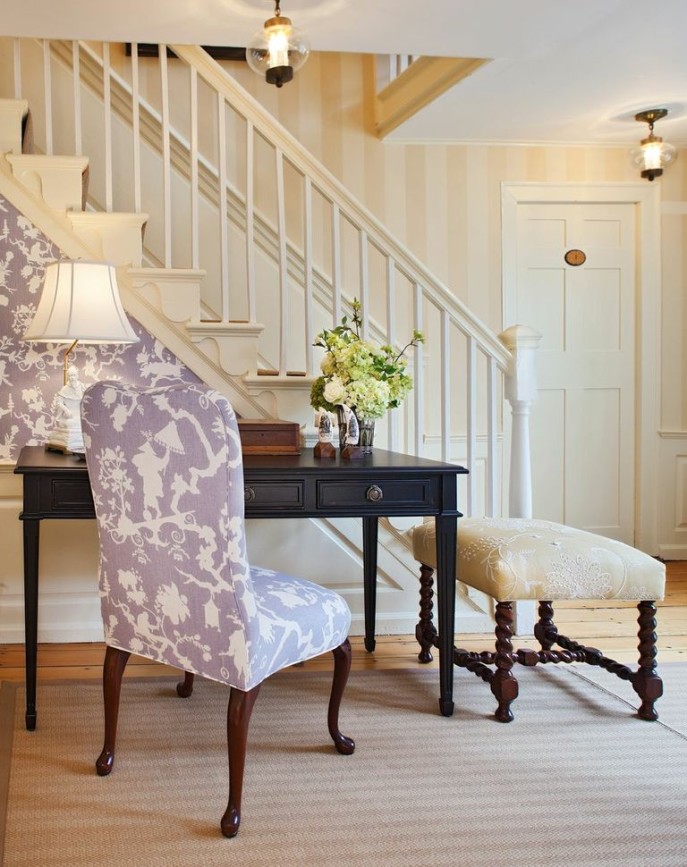
We’ve just completed the redesign of one of our favorite places on the island: Ken and Deborah Withrow’s Union Street Inn. We first had the privilege of designing the inn nearly 13 years ago, so when Ken and Deborah called us to refresh and update the elegant 1770’s former whaling captain’s home, we were delighted to return. The June 2013 issue of Nantucket Today tells the story of the new inn, and Jeffrey Allen’s photos capture the beauty of the cozy 12 guestrooms, the common areas and the inviting new garden.
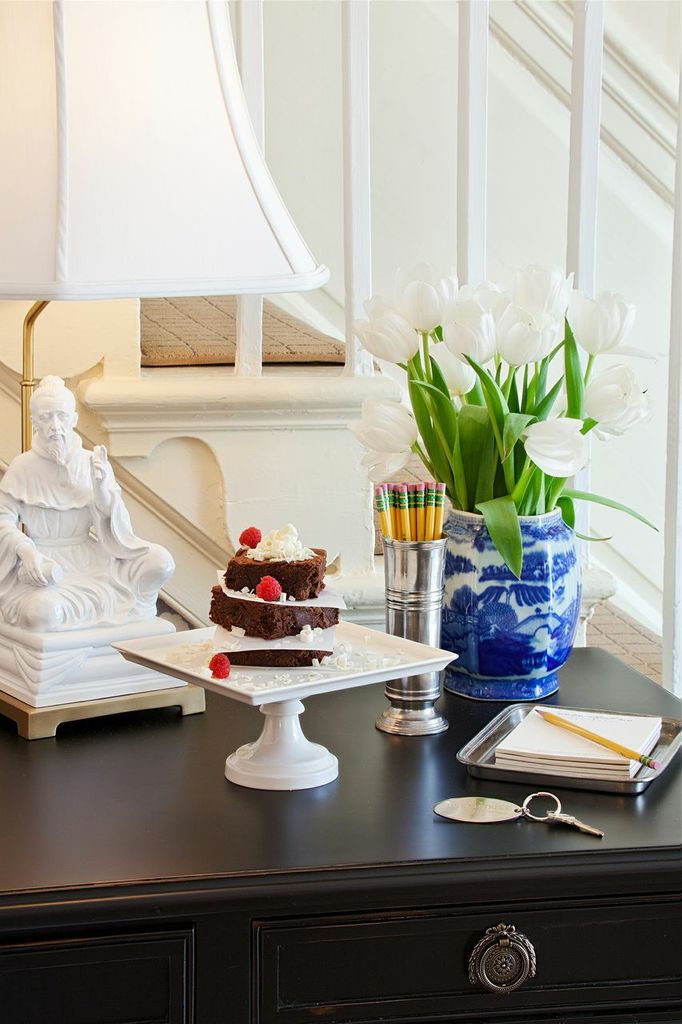
The hotel is renowned for its full gourmet breakfasts with a home-cooked entree every morning, along with a smoked salmon bagel option with cream cheese, tomatoes, chives and dill, or a fresh fruit plate and artisan breads. In the afternoon, guests enjoy home-baked treats, such as white chocolate chip cookies with macadamia nuts, carrot cake or double chocolate brownies.
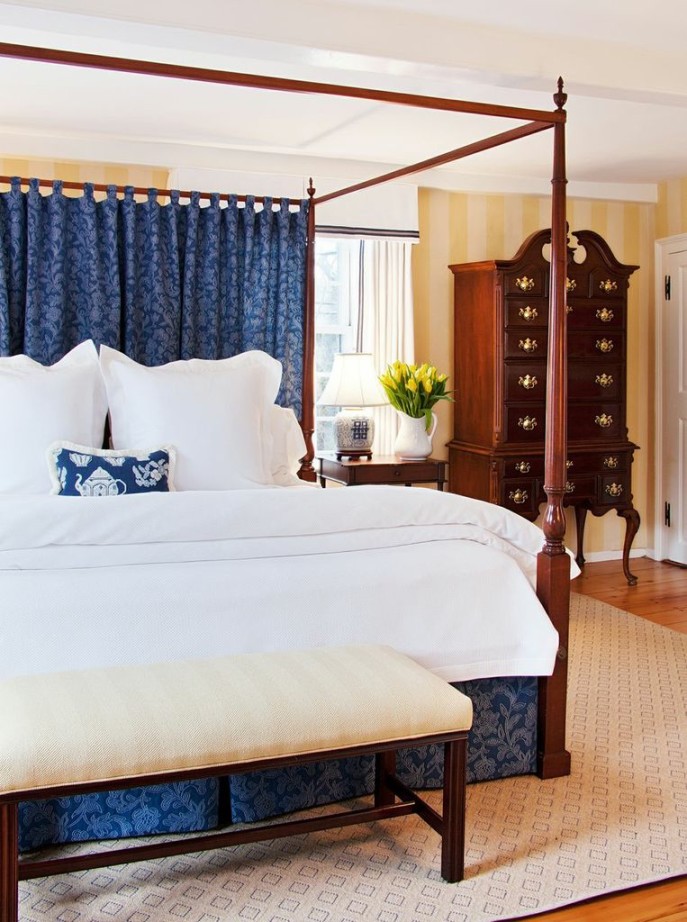
We’ve renovated each of the 12 guestrooms to showcase beautiful period details. The elegant rooms offer luxurious bedding, stunning designer furniture and fabrics, flat screen tv’s and complimentary wi-fi. The inn has won multiple awards, including “One of the 10 Most Romantic Hotels in the U.S.” by Fodor’s.

Owners Ken and Deborah have extensive backgrounds in both hotel and retail management, and have used their experience to create a sumptuous boutique-style inn that has guests returning over and over again. The staff carefully tailors the concierge service to each individual’s interests, sharing their love and knowledge of the island and helping guests enjoy the “insider’s” Nantucket.
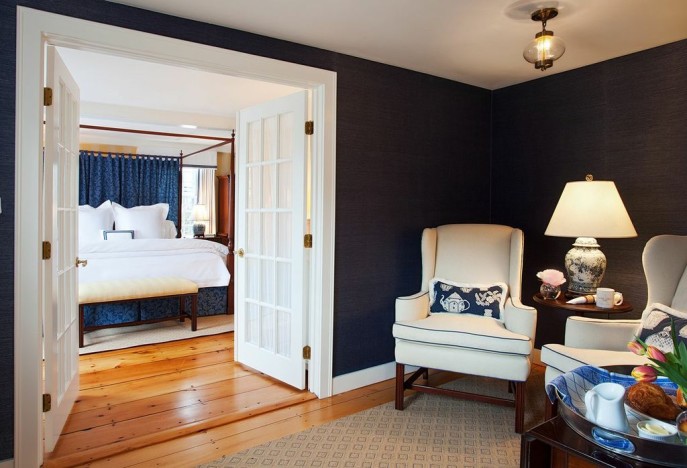
Conde Nast Traveler described the inn as “impeccable New England by way of France.”
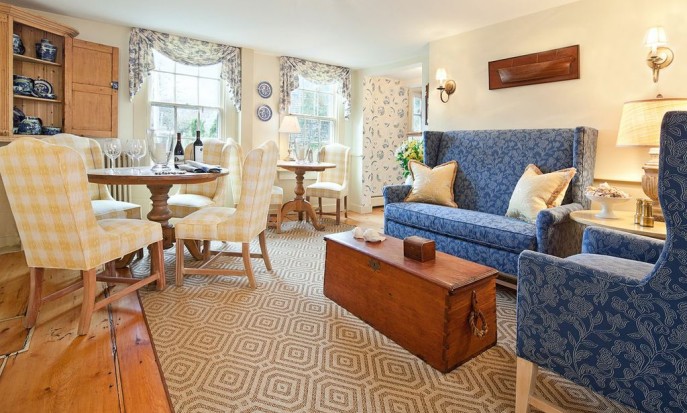
We used crisp blues, whites and yellows throughout the inn, with fresh, tailored fabrics, wallpapers and accents. The foyer, living room, dining room and kitchen were completely updated with the kind of sophisticated touches you’d expect from a boutique hotel, while never forgetting its origins as a sea captain’s home.
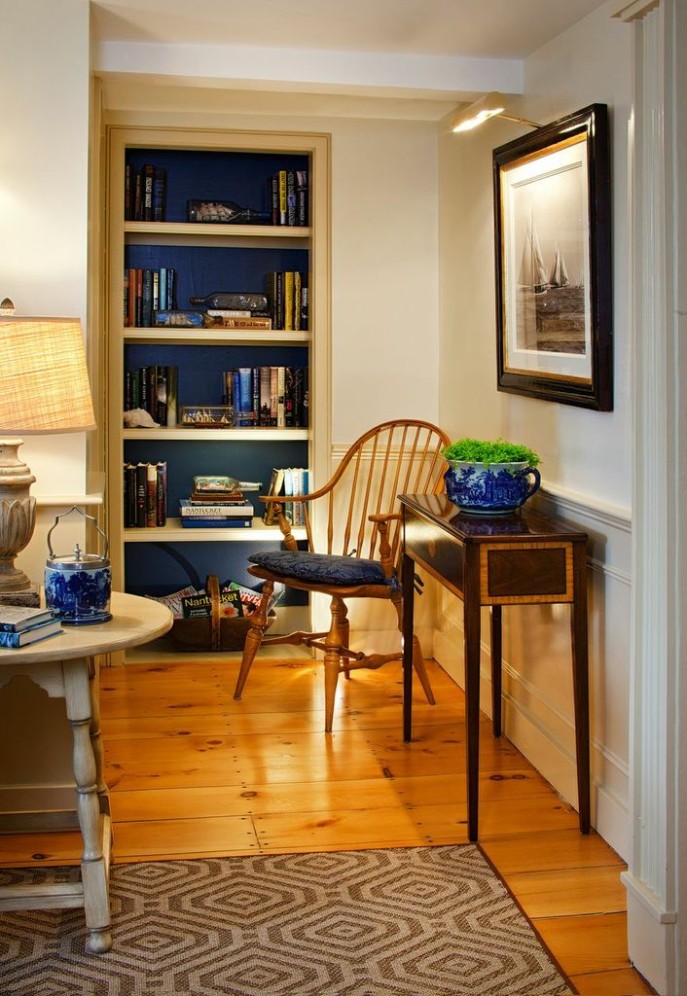
The new library features a cozy reading nook. It’s fully stocked with hardback titles ranging from contemporary fiction to design and Nantucket classics.

Just off Main Street’s cobblestones and the harbor, Ken and Deborah have made The Union Street Inn one of life’s unforgettable experiences. I hope you’ll come to Nantucket and visit them. Be sure to tell them I sent you!





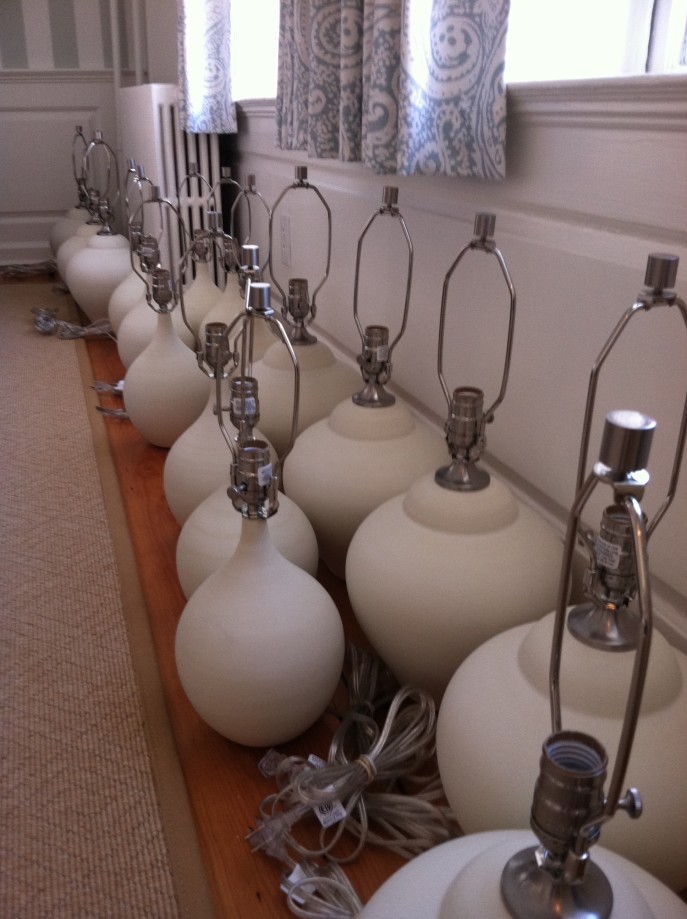
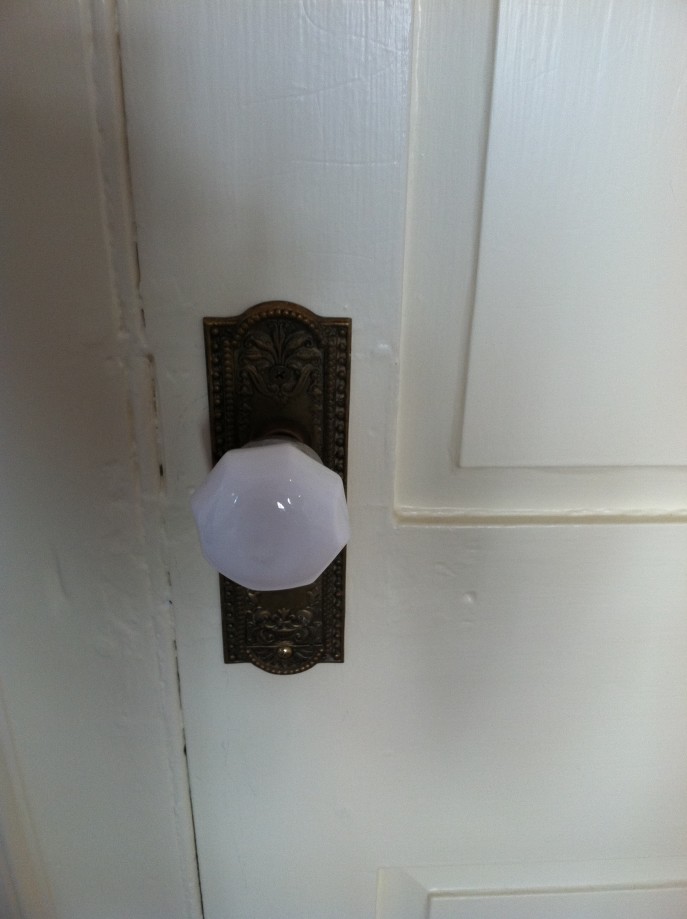
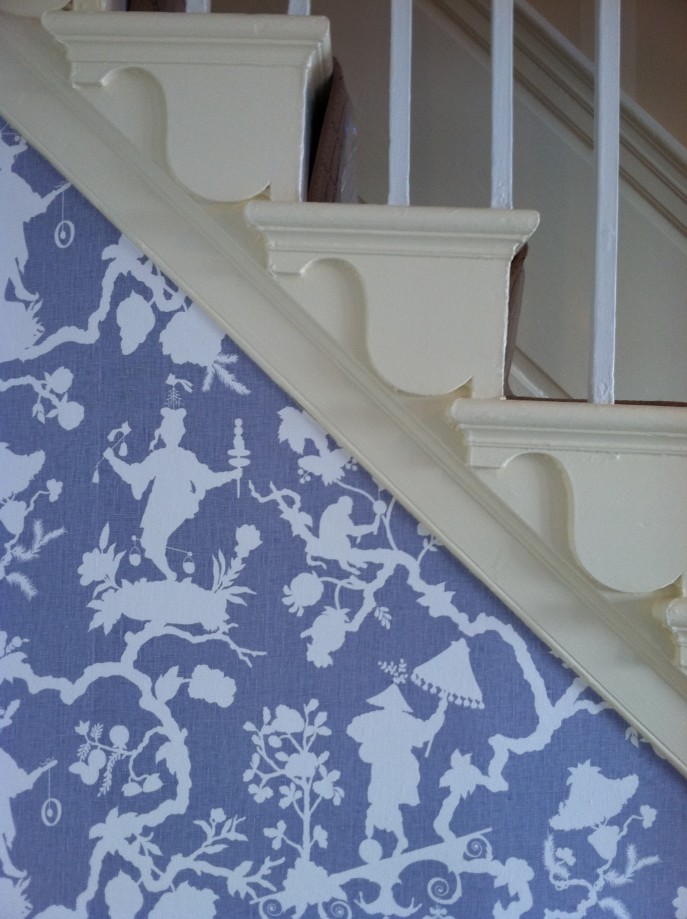
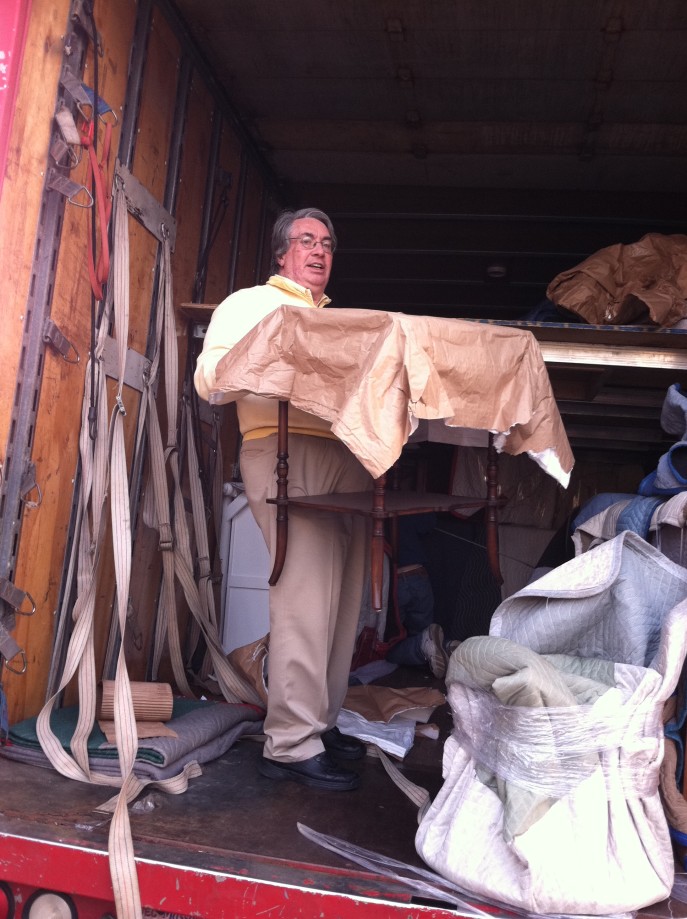

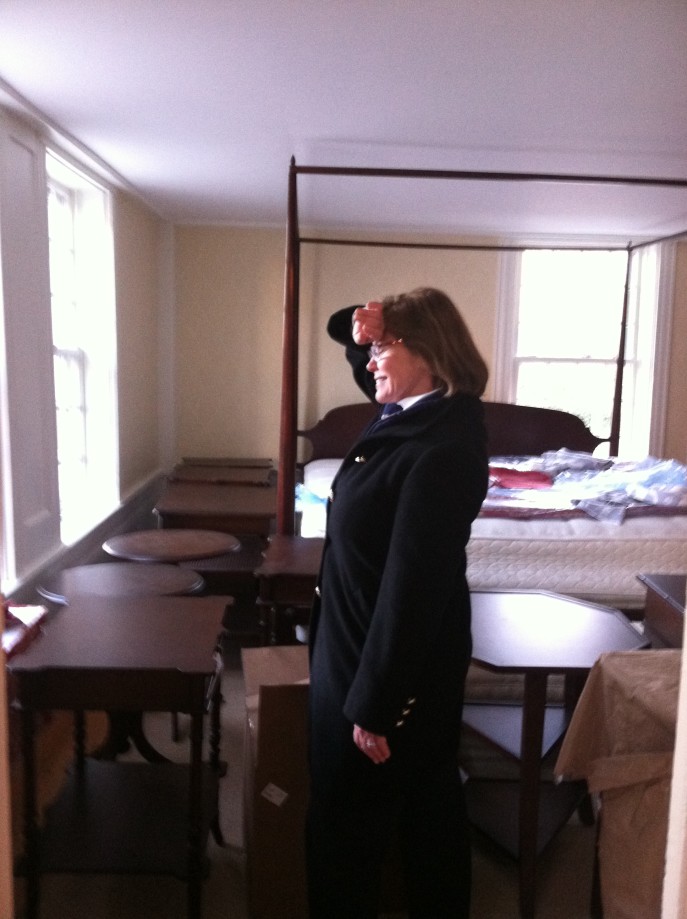
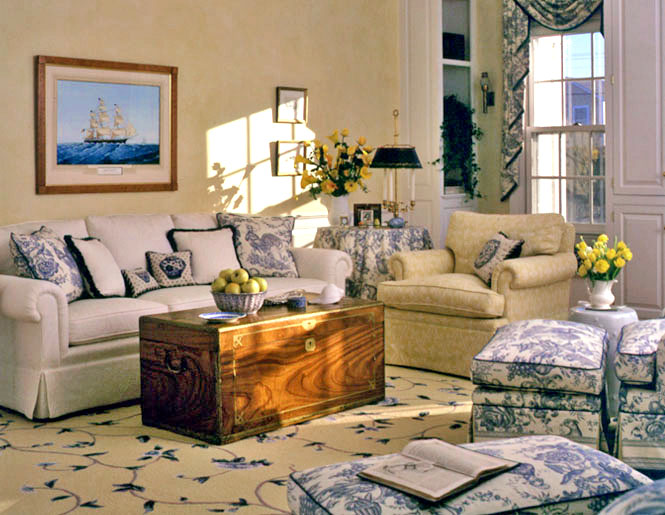
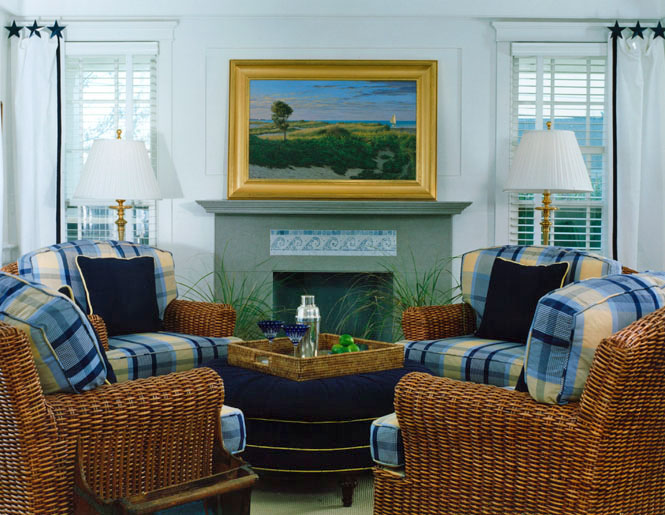
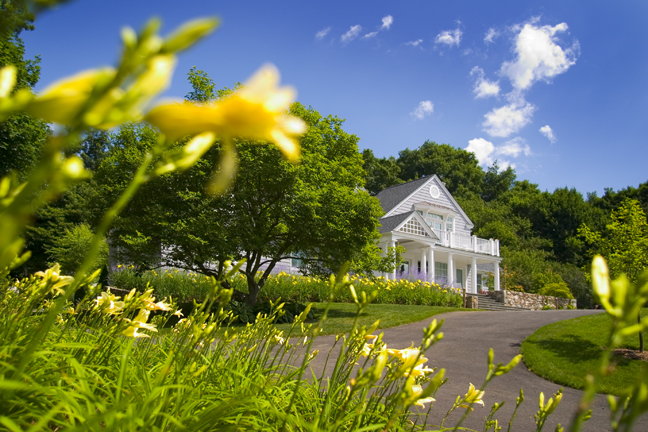
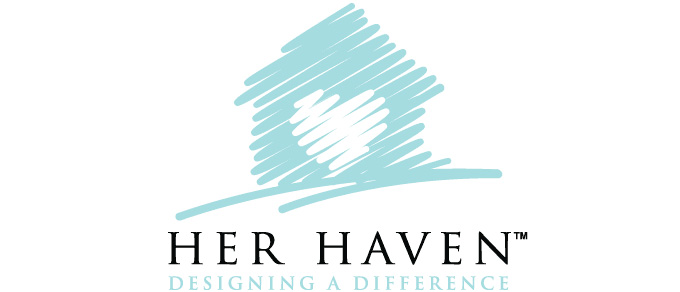
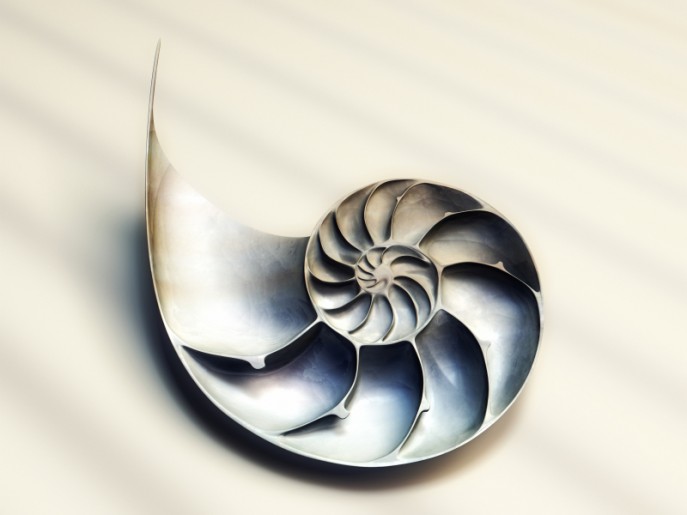 One of the most beautiful shells in the world, belonging to the nautilus stenomphalus, is facing a stunning decline in recent years. Sold as a cheaper alternative to pearls due to its lustrous shell, there are no regulatory protections in place for this vulnerable species. This softball-sized mollusk is a slow growing animal that takes fifteen years to reach sexual maturity, so a perilous situation has been created through overfishing.
One of the most beautiful shells in the world, belonging to the nautilus stenomphalus, is facing a stunning decline in recent years. Sold as a cheaper alternative to pearls due to its lustrous shell, there are no regulatory protections in place for this vulnerable species. This softball-sized mollusk is a slow growing animal that takes fifteen years to reach sexual maturity, so a perilous situation has been created through overfishing.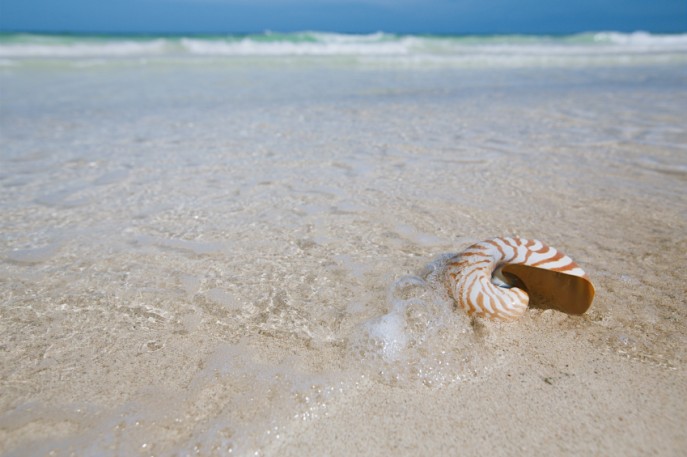
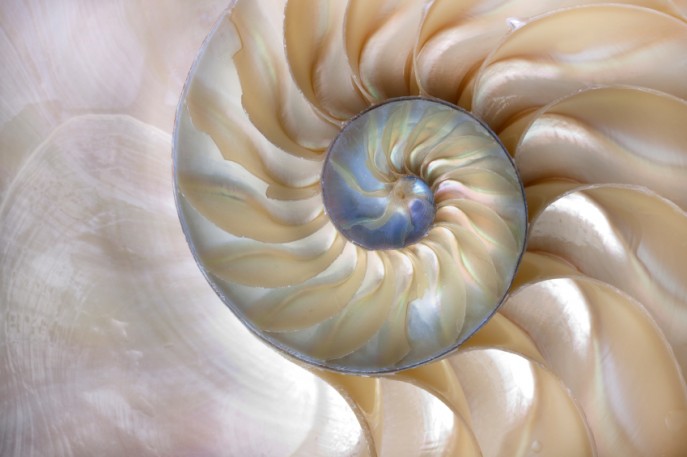
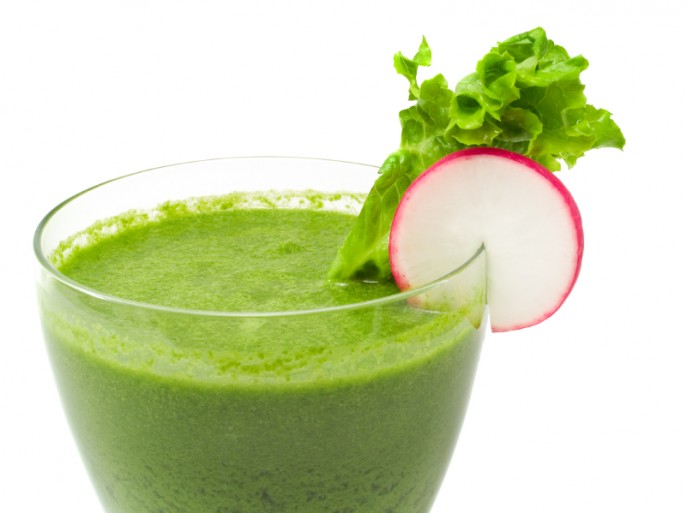 Connecticut Green Drinks
Connecticut Green Drinks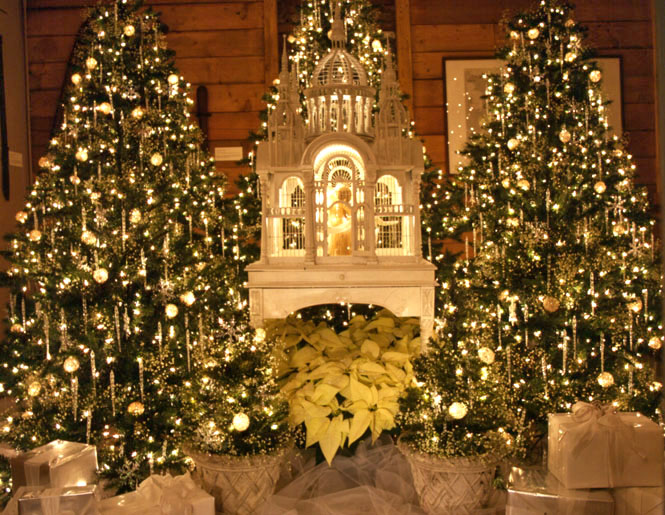
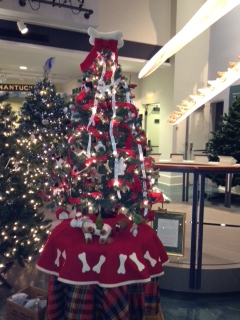



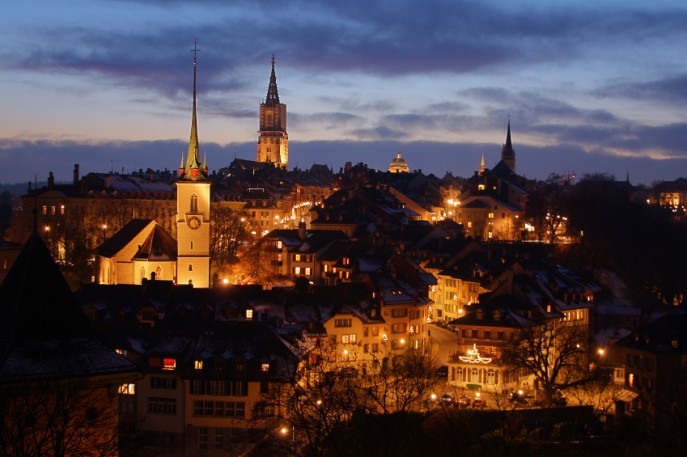
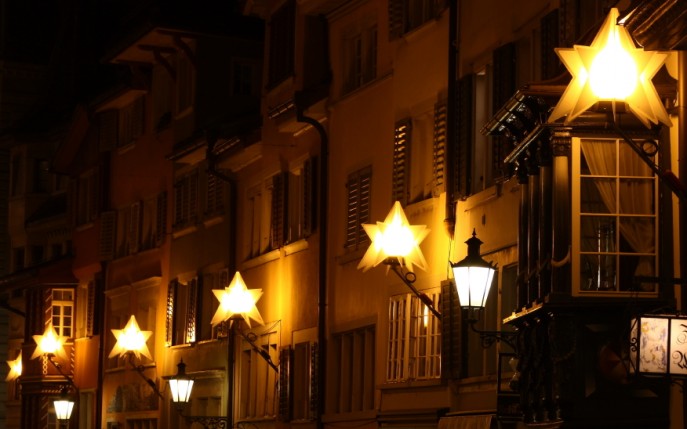
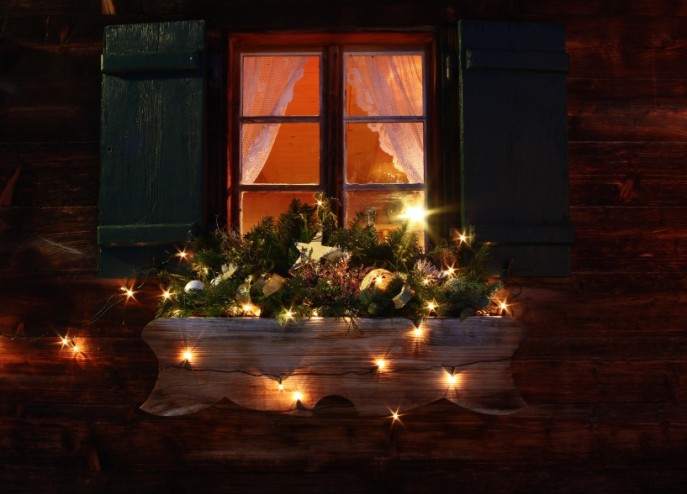
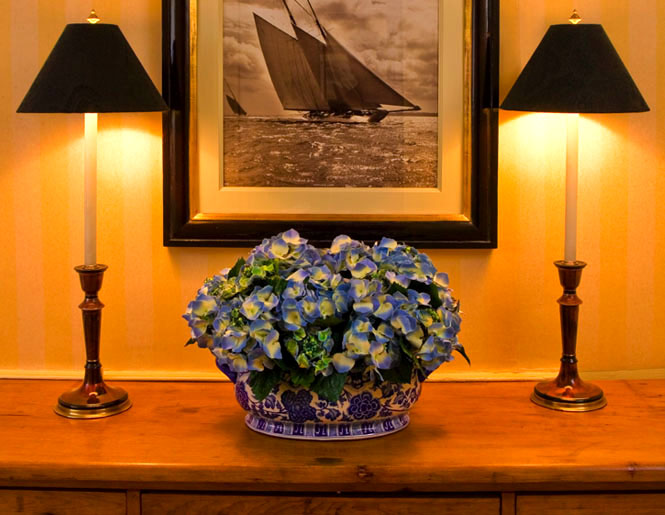
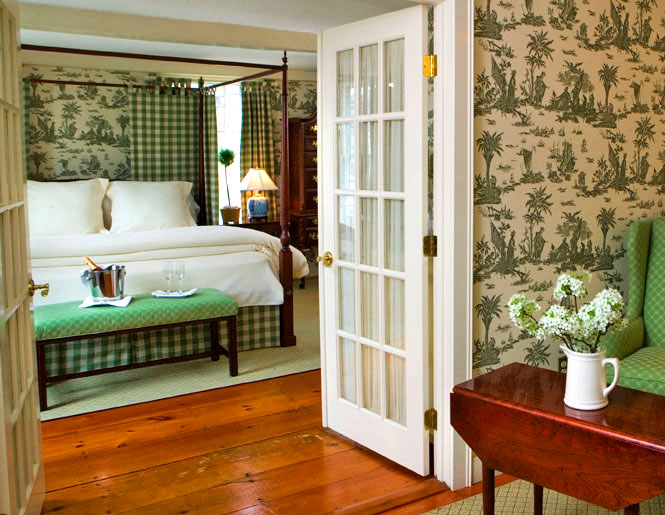

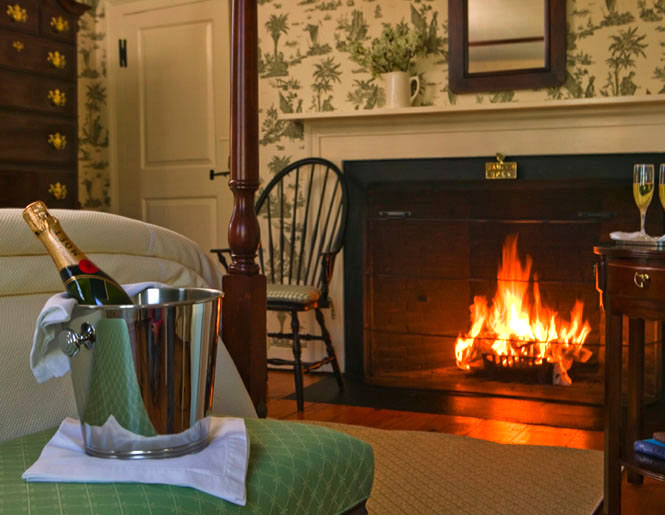
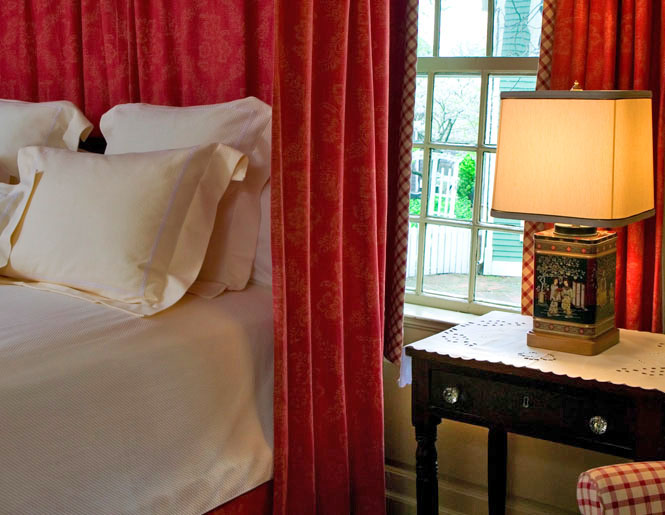
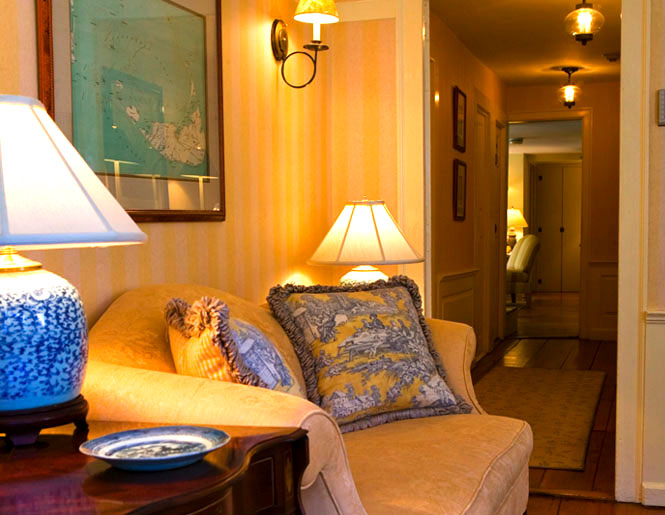
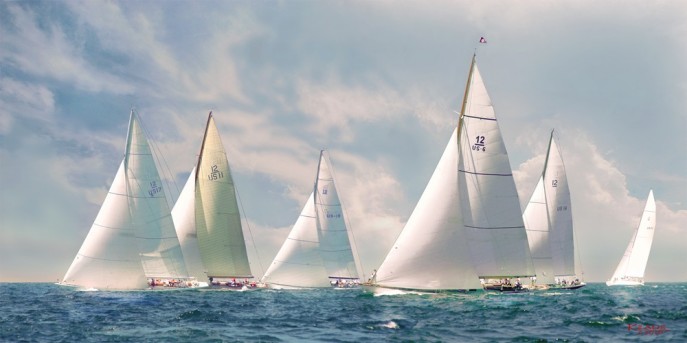
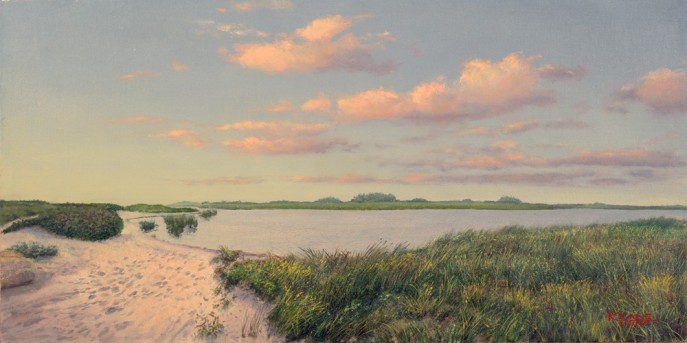 Miacomet by Michael Keane
Miacomet by Michael Keane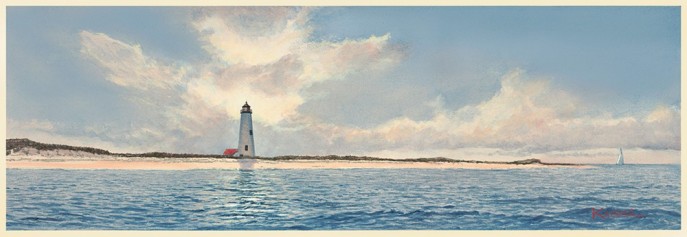 Great Point Lighthouse by Michael Keane
Great Point Lighthouse by Michael Keane